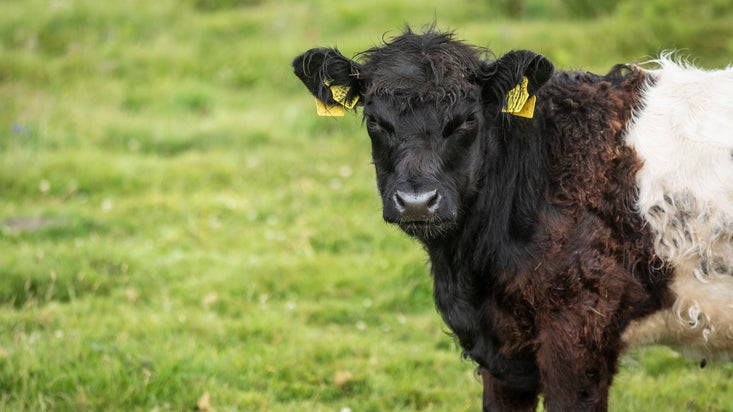
Become a member
Join today and help protect nature, beauty and history – for everyone, for ever. Enjoy access to more than 500 places with National Trust membership.
Rolling hills and open spaces above the Stroud Valleys and Severn estuary
near Stroud, Gloucestershire, Gloucestershire

Car parks are open dawn until dusk. The Commons are grazed by cattle and horses. Please take care when walking and driving across the Common. Do not park on the grass.
Dogs must be under close control at all times and on a short lead around livestock and between March and August to protect ground-nesting birds. Please respect wildlife and other users of the commons.
Undulating and uneven ground - steep in places.
No designated spaces, but the Reservoir car park at Minchinhampton Common is on level ground. The adjoining land is accessible for wheelchairs and offers far-reaching views
Pathways - both commons consist of fairly flat grassland, with some naturally uneven gravel paths crossing them. They can become boggy in wet weather. Rodborough Common has steeper gradients and rougher terrain.
Walk for miles over the Commons with your four-legged friend, enjoying countryside views all year round. Find out more about how to make the most of visiting with your dog.

Rolling hills and tradionally grazed open spaces, above the Stroud valleys and Severn estuary.
Limestone grassland with an abundant array of wild flowers, including rare pasqueflowers and orchids.
Home to rare and diverse wildlife and wildflowers, Minchinhampton and Rodborough Commons are perfect for a discovering nature in all shapes and sizes.

Discover some of Rodborough Common's hidden treasures on this walk exploring the woodlands on the lower slopes, visiting Cotswold villages along the way.

If you're pushed for time, you can still enjoy some of the best views the Cotswolds has to offer on this short walk.

Follow this trail through natural grassy tracks and hillsides to Swellshill with far-reaching views across the Severn Estuary and more than 30 species of butterfly to spot on the route.

An easy 1-mile walk around Rodborough Fort, taking in the unique flora and fauna of the limestone grassland.

Join us for a free event to find out why Marking Day on 18 May is such an important day of the spring season and how the tradition has been revived in recent years.


A Grade II listed former bookshop in pretty Painswick with limestone fireplaces and rooftop views.

Parkland views of the Newark Park estate and a traditional interior with two log burners.
Sorry, there are no upcoming events at this place
Minchinhampton Common is a large swathe of open grassland on the hill top and slopes of the Cotswold escarpment. It is a really important archaeological landscape, with prehistoric field systems, burial mounds and the remains of a defensive earthwork, known as The Bulwarks. In the summer the common is grazed by local commoners' cattle.
Rodborough Common lies just to the north of Minchinhampton Common and offers a dramatic panorama overlooking Stroud and the Severn Vale. It is renowned for its colourful array of wild flowers and butterflies, starting with the pasque flower in spring and a superb display of early purple orchids in May.
Discover more about the conservation work at Minchinhampton and Rodborough Commons, in the Cotswolds. Learn how a rare blue butterfly made its return to the area.

Learn how the National Trust works in collaboration with the Minchinhampton and Rodborough Commons Advisory Committee to protect and conserve these areas for everyone, for ever.
Across Gloucestershire, we’re working as part of the Stroud landscape project, aiming to reverse the decline of rare wildlife species including the Greater Horseshoe bat.
Search for live volunteering opportunities, or register your interest with Minchinhampton and Rodborough Commons.


Join today and help protect nature, beauty and history – for everyone, for ever. Enjoy access to more than 500 places with National Trust membership.
By sharing your email address you’re agreeing to receive marketing emails from the National Trust and confirm you’re 18 years old or over. Please see our for more information on how we look after your personal data.